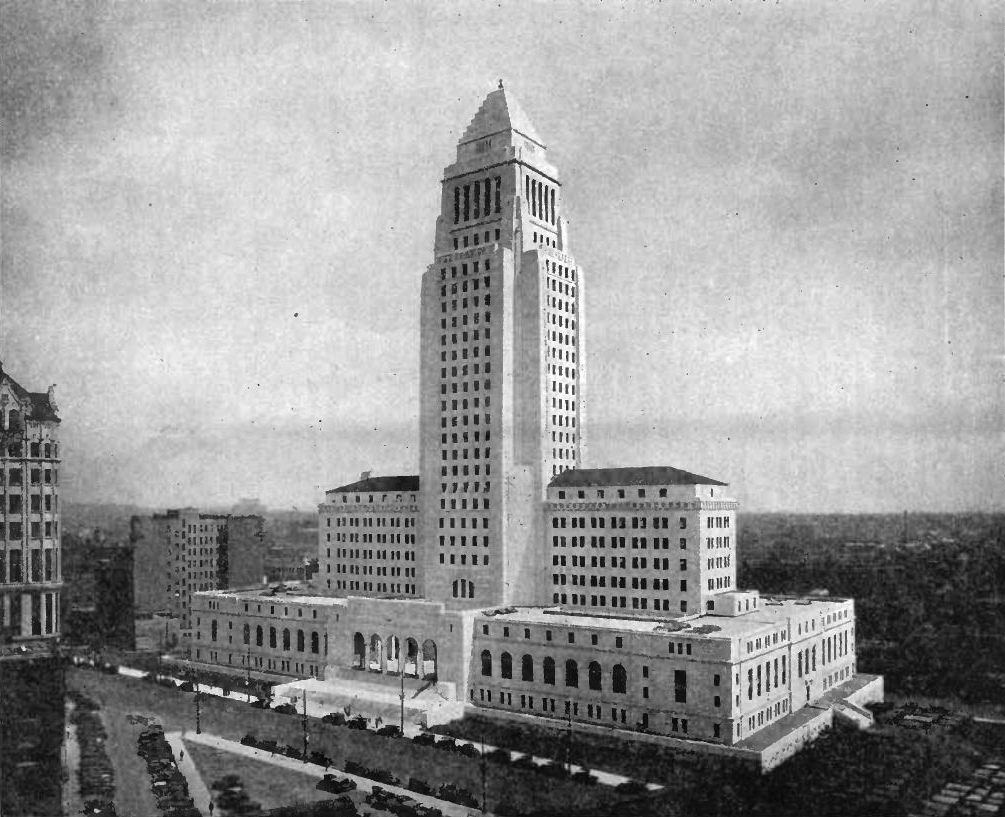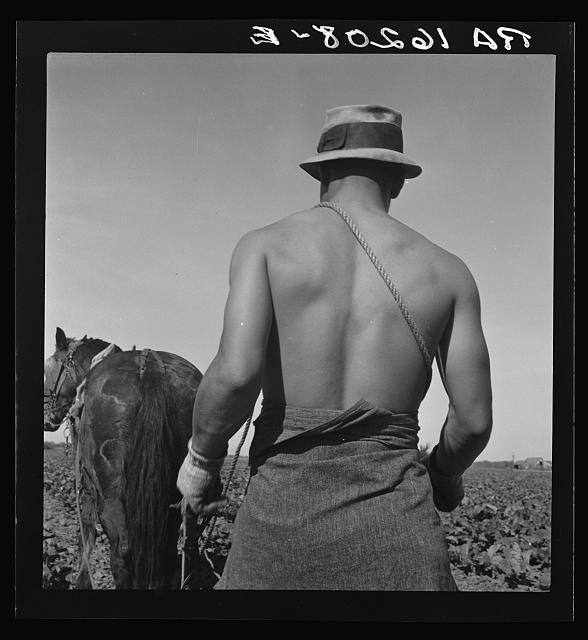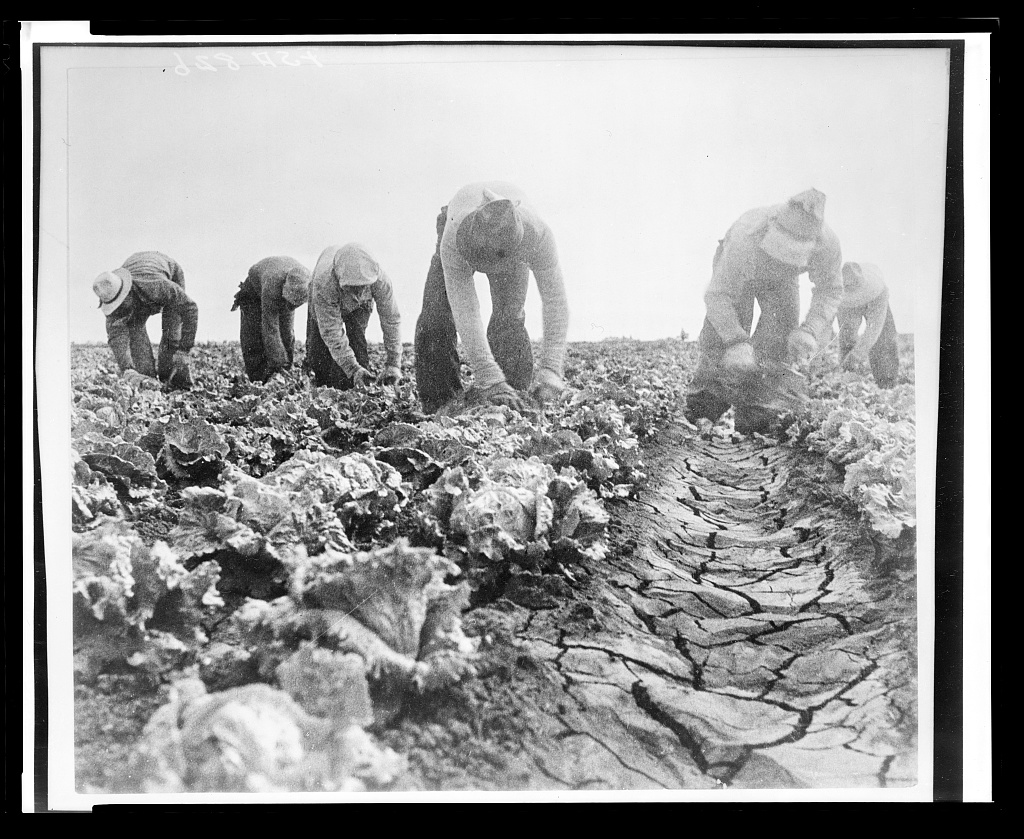
José was born in Durango, Mexico. He fought in the Mexican Revolution before he came to the U.S. As he searched for work in the 1910s and 1920s he traveled further and further away from his loved ones. He was helped by kind strangers along the way. Finances and distances were difficult for José, so he could not afford to marry his sweetheart according to custom. She eventually married. José built railroads, worked construction on City Hall in Los Angeles, and was an agricultural laborer in the Central Coast. José became a labor organizer on his journey northward through California. He organized a strike uniting 1,800 Mexican and Filipino workers in Guadalupe, California, without any union funding or leadership support. He worked at Martinelli’s for many years. Jose shared his knowledge of labor organizing in Guadalupe, California in the 1930’s.


Audio Interview
Regional History Project
(1977/2004)
Los Angeles City Hall
Overland Monthly, August-September 1931 issue
José came to Los Angeles in 1923 and lived there until 1929. While in Los Angeles he worked construction on City Hall. He also experienced the effects of the Great Depression from the point of view of a Los Angelino. “Everything was paralyzed. It was very hard and sad. There was no work, for years. Whether I wanted it to or not I was affected by it. I was in the middle. There was no work. There was nowhere to go and nothing to do, but stay there. Bread lines started showing up throughout the city. We went from one to the next every day, sleep, and then the same thing. That’s how the time passed. But Los Angeles didn’t change at all. We knew there was a crisis and that there wasn’t any work, but the city was very calm. Everything moved along smoothly like nothing was happening.The bread lines, everything was very orderly, you couldn’t see the poverty. But there was.”
José worked in Guadalupe until 1935. José, Mexican workers, and Filipino workers organized a strike without union backing sometime between 1931-1933.
Dorothea Lange Spring plowing. Guadalupe, California. Cauliflower fields (1937) U.S. Farm Securities Administration. Retrieved from Library of Congress, https://www.loc.gov/pictures/item/2017769741
“Todo el tiempo cuando hay una necesidad grande, resultan líderes, verdad. Como ahí en Guadalupe, por ejemplo, yo miré la situación como estaba. Y yo sabía ya, principalmente en los Estados Unidos, cuáles eran los derechos del hombre, cuáles eran los derechos de la gente trabajadora y todo, más o menos cómo piensa el pueblo Americano, ya sabía yo. Yo no me equivoqué porque… Yo le dije a los demás, “Hay que hacer esto.” Si no hacemos una protesta, una cosa, no podemos conseguir ni poquito ni nada. Y haciendo algo, cuando menos nos hacemos [inaudible]. Y así fue. Porque conseguíamos poco, pero conseguíamos más. Y dimos a conocer que la situación estaba crítica. No teniendo una vez [inaudible] ver la gente, ver, los que miraban que la gente no traía ni pantalón, y les daba [inaudible] traía pantalón, ni ropa, y les daba.”
“When there’s need, a leader always comes of it. For example, in Guadalupe I saw how the situation was and I already knew what our rights were in the U.S., what the rights of the working class were, or how the American people thought. I knew that, and I wasn’t mistaken, and I told everyone: this is what we have to do. It’s a protest and that’s how it was. We wouldn’t get much, but we got something. And we made people see how critical our situation was. People didn’t even have pants, and people would come and give us clothes.”
Though we have no photos of Jose, we can see something of the world as he may have seen it. José moved to Salinas in 1935 and would have been working in the fields around the time this picture was taken. Filipino workers in Salinas held a successful strike just before José arrived, so the pay was better there. In Guadalupe workers were paid $0.15 per hour, but in Salinas, following the strike, workers were paid $0.35.
Dorothea Lange
Filipinos cutting lettuce. Salinas, California (1935) Dorothea Lange, U.S. Farm Securities Administration. Retrieved from Library of Congress, https://www.loc.gov/pictures/item/2017759127/
